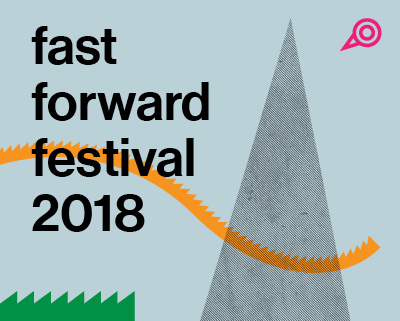Plan C exists to organise in, beyond, and against capital. We think this
requires the development of ideas and practices that are able to cohere together whilst at the same time being dynamic enough adapt to changes in our lives and our work. Whilst we try to avoid tying ourselves down to key principles and hallmarks, there are a few things that can be sustainably drawn on to broadly describe its form.
It is non-rivalrous
Plan C is not ‘the organisation of the working classes’ nor do we see a necessity for one. We think that for the struggle against and beyond capital to remain dynamic, there needs to be continual cross-pollination between groups and communities whose experience of it has had different emphases and who have organised themselves differently, uncovering different limitations and asking different questions. We hope to be one radical anti-capitalist organisation amongst many. We do, however, see the necessity for structures of collective coordination between ourselves and others that can articulate our common experiences and develop shared practices with the aim of transforming life and changing the world. Plan C is such a structure at one level but seeks only to be part of such a structure at a broader level. Members are also entirely welcome to be ‘dual cardholders’ with other left groups. It’s up to individuals to decide whether other organisations and collectives they’re involved in are compatible with Plan C, although people should be open about other affiliations.
Power is decentralised or diffuse
We don’t have a leadership, a central committee, or a steering committee. The sovereign decision-making bodies at the national level are congresses (open to all members), and delegate meetings (for temporarily chosen delegates to negotiate on behalf of sub-groups). Any member can make a proposal for a course of action, policy, amendment to a policy, project, or national discussion.
It is internally pluralist
We don’t require members to toe the line. Minority groups within the
Plan C are welcome to pursue courses of action under the Plan C name
that the majority isn’t into (where logic allows it). A diversity
of approaches makes for a much stronger organisation. However, we
attempt to move continually towards shared strategic orientations to
enhance the intellectual and logistical coordination within (and
outside) the organisation rather than a centrally determined line or
course of action.
It is experimental and non-dogmatic
It’s great to be right but it’s even better to be exploratory. The structures and conventions of the old left are becoming less and less effective. Developing new ones means trying things out, getting them wrong, trying other things out. We are wary of models of social change developed in very different social and historical contexts and we are wary of models of social change that are subordinated to systems of ahistorical morality. We acknowledge our precursors, build on our influences, and try to minimise unnecessary reinvention but we are attempting to organise on a new and ever-changing terrain.
Building a movement is prioritised over building an organisation
Plan C is a tool or a resource for the development of social movements. As such it can be seen as a pocket in those movements or a resting point for when they’re dispersed or temporarily unrecognisable. It is not a movement in itself and it has no desire to seize control of any
such movements. We’re happy to provide leadership in the sense of having good ideas that take off and spread but we recognise this as an always-temporary situation shared and swapped with a multitude of other communities, organisations, affinity groups, campaigns, and individuals. It is an organisation that we feel to be useful in the present historical moment and will continue only until this usefulness subsides.

